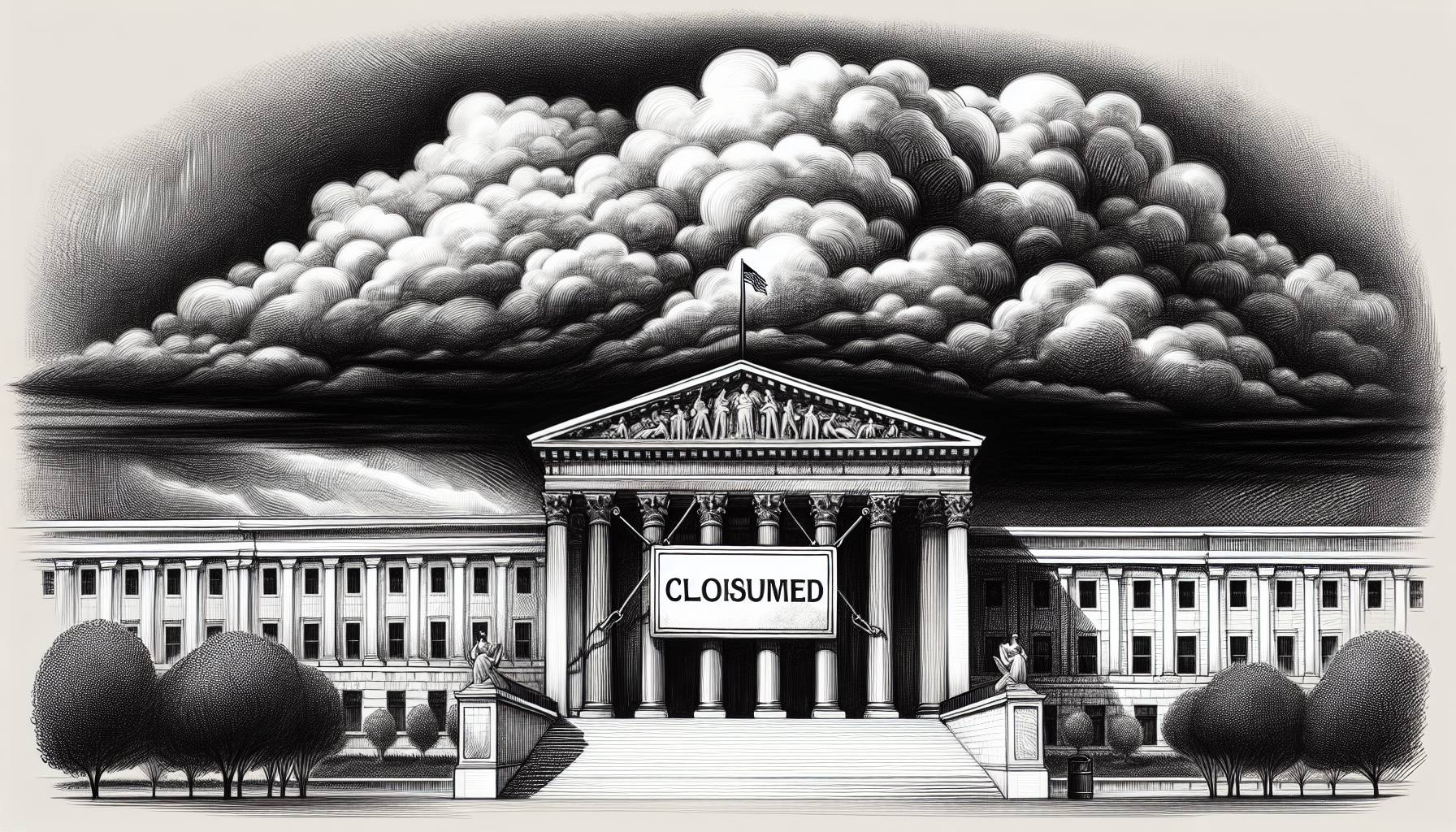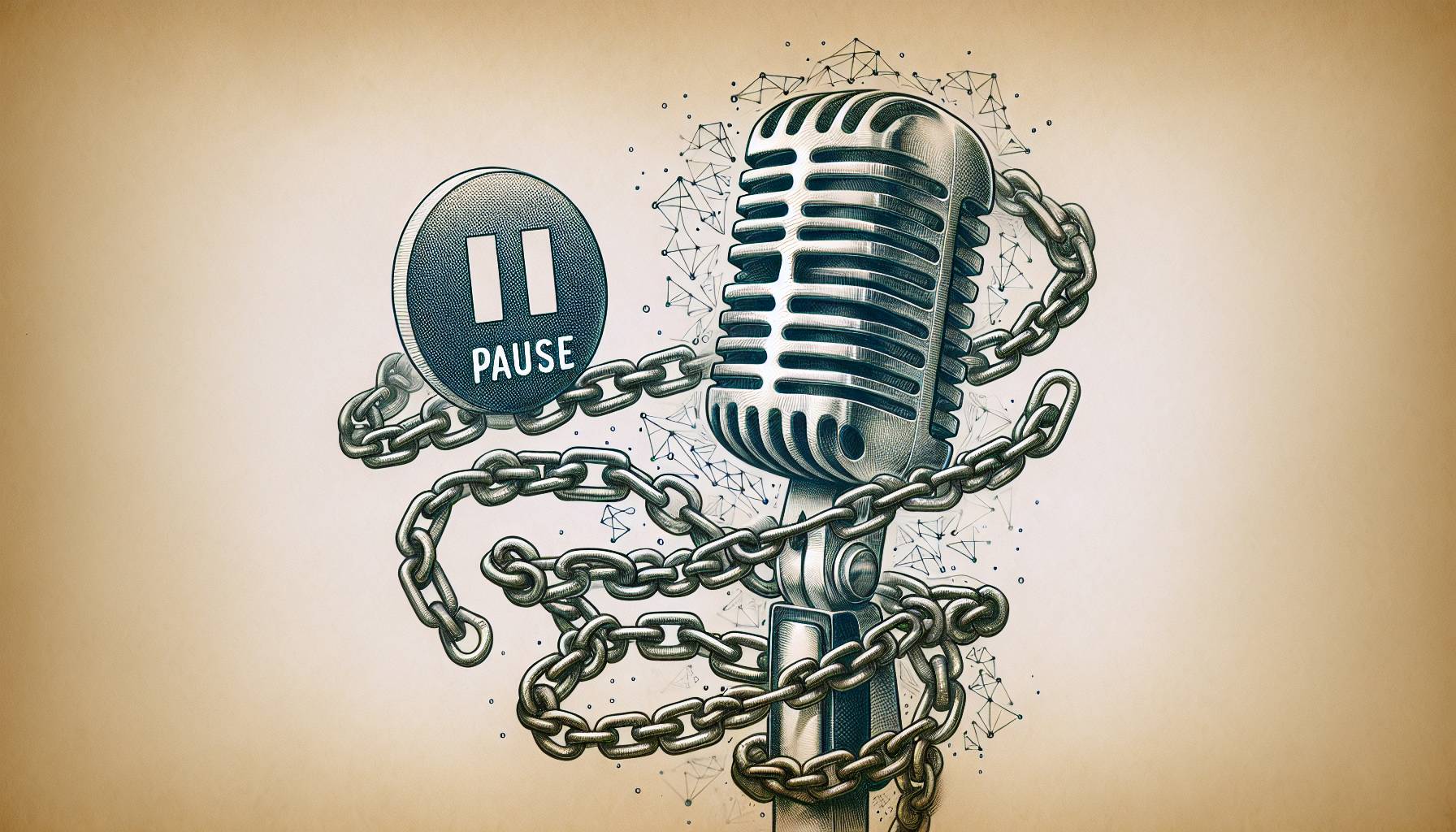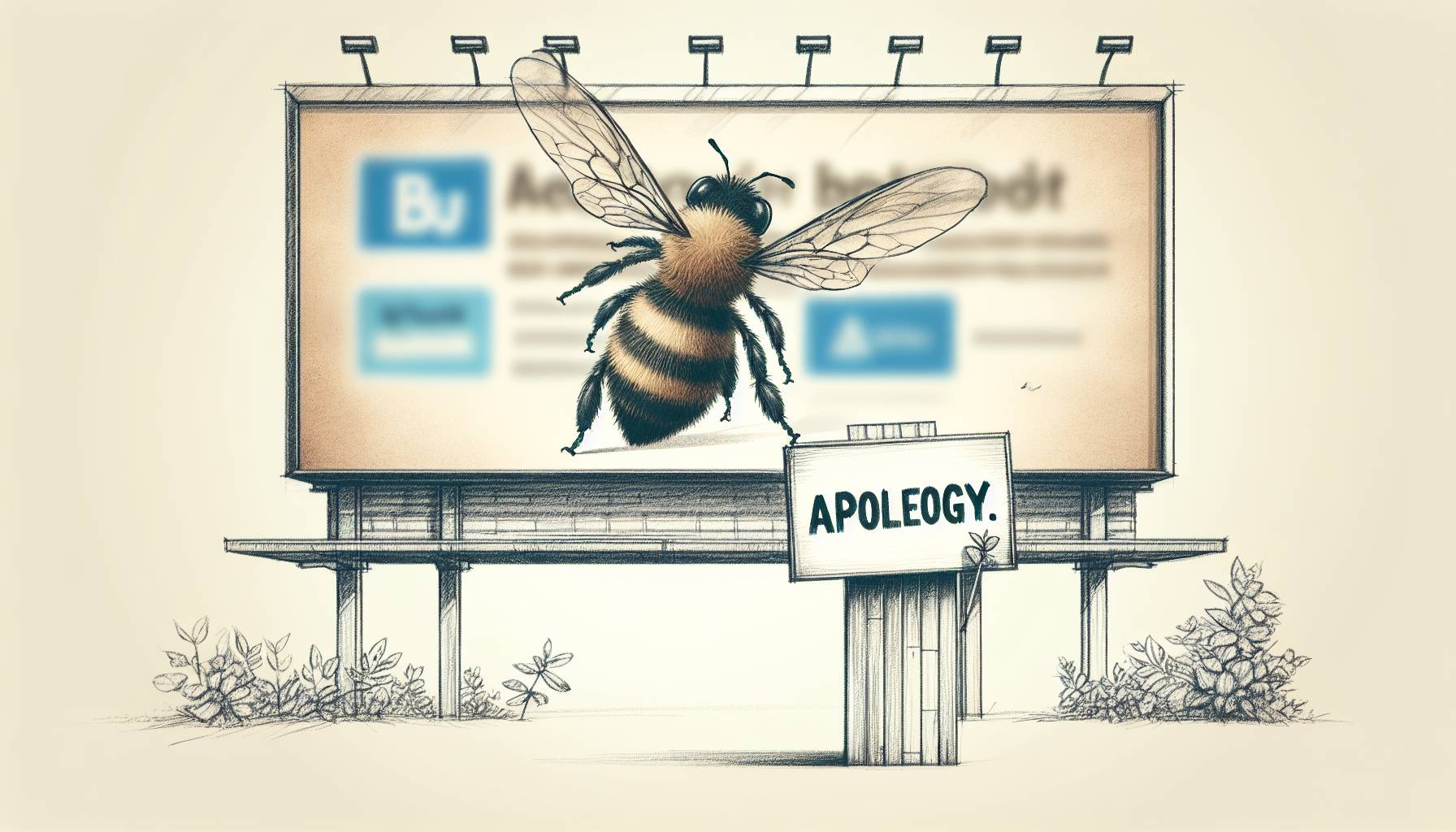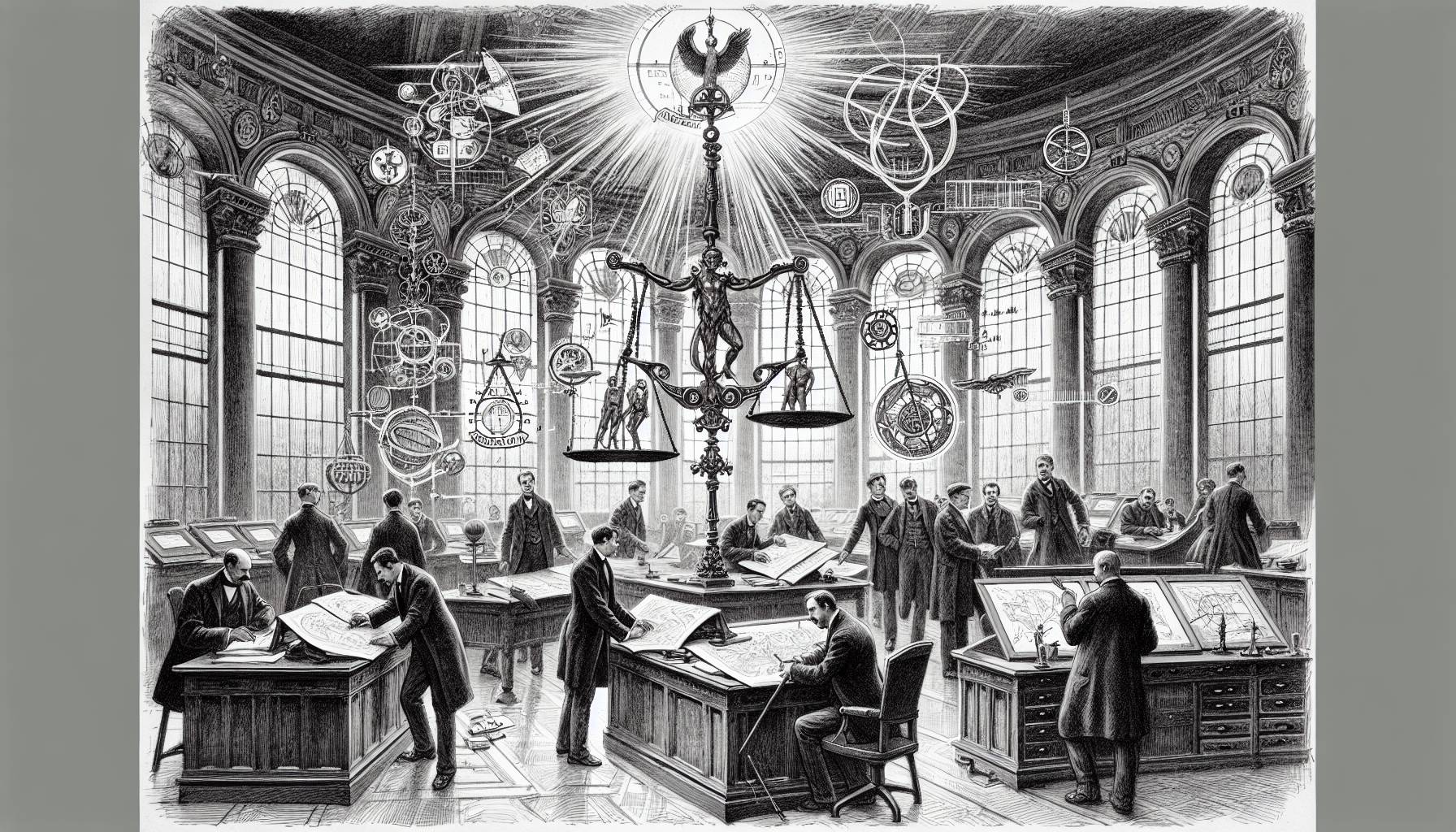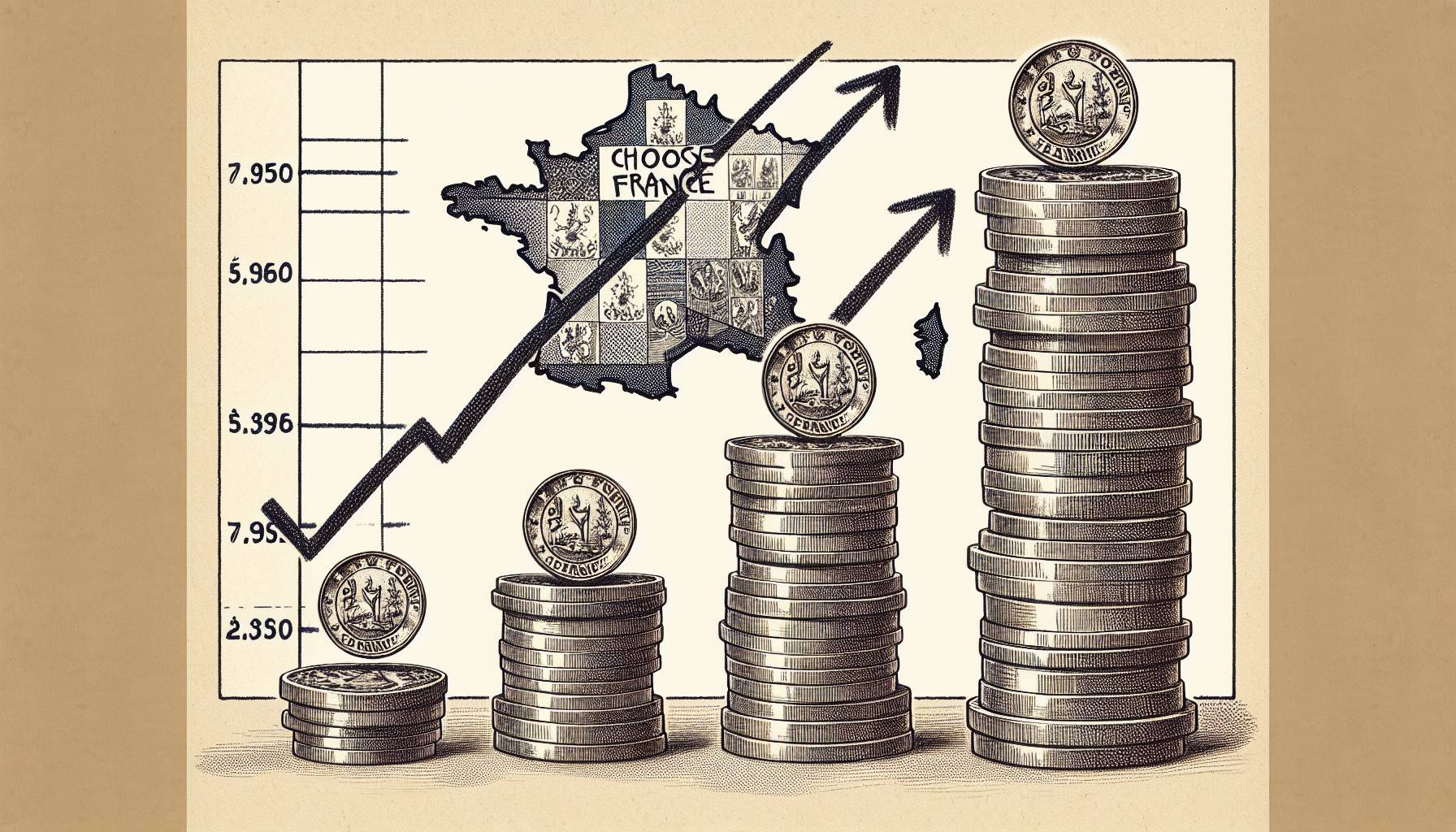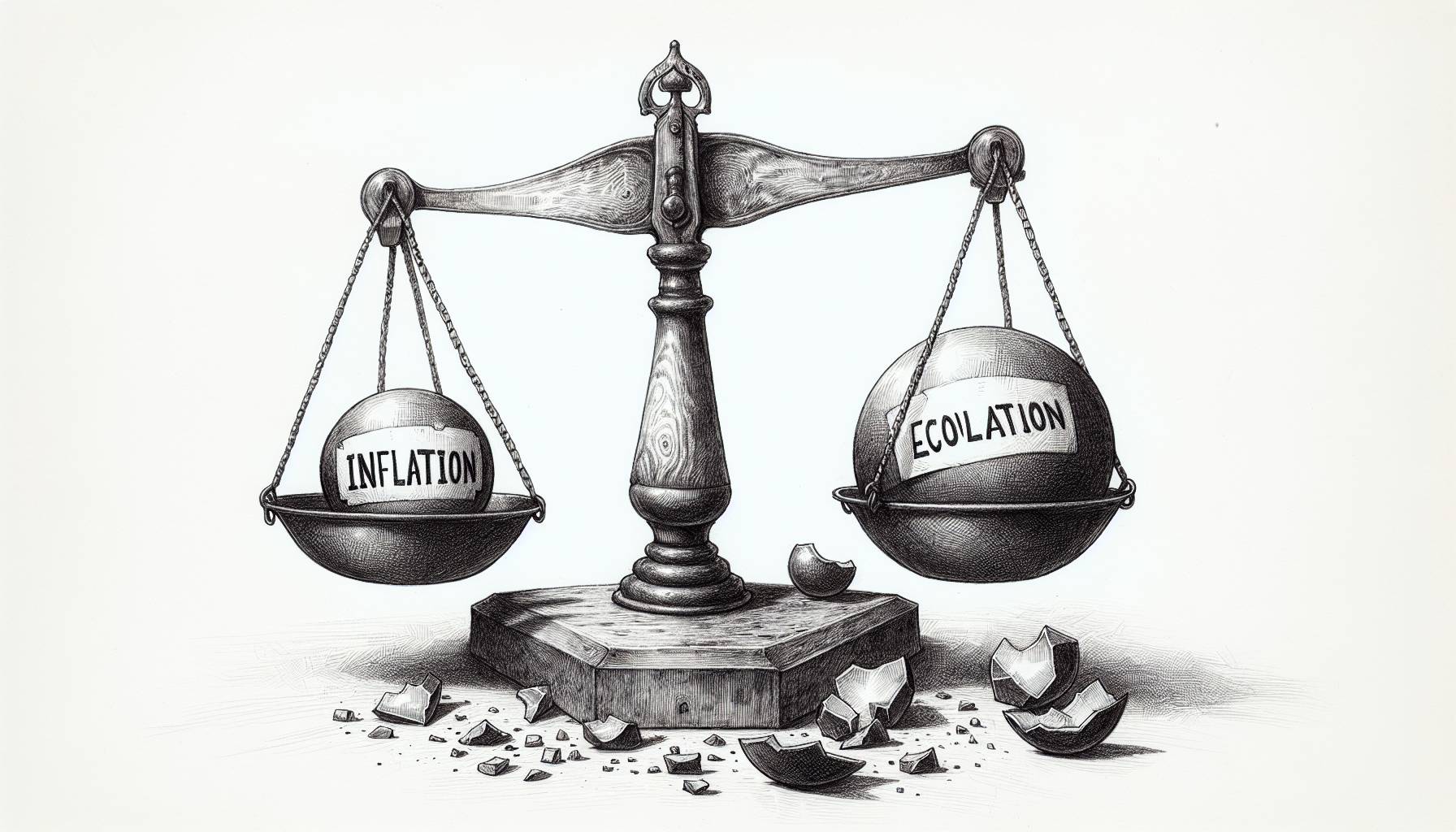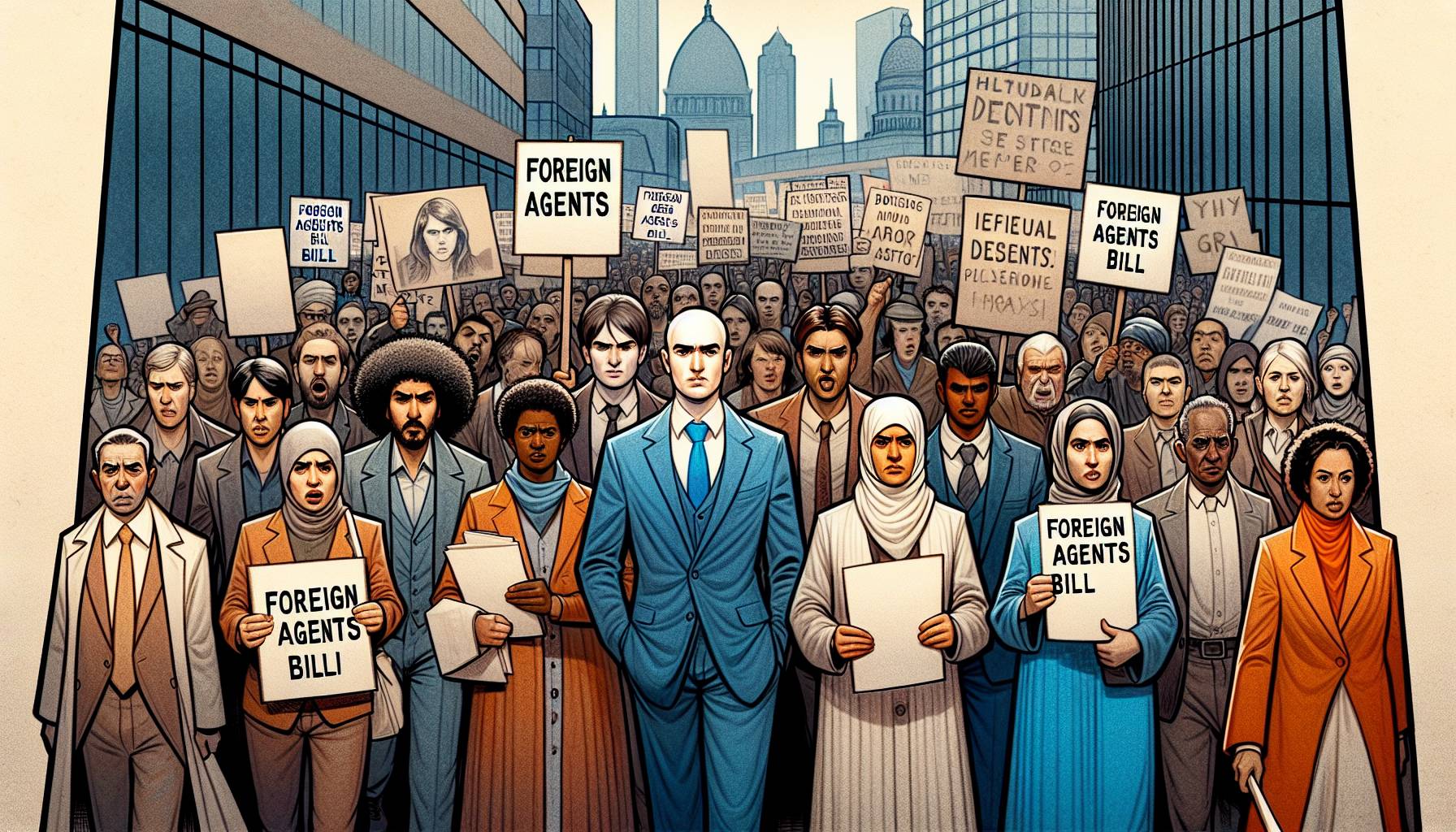The threat of another government shutdown, possibly happening as early as late Friday, endangers vital services and leaves many federal employees unpaid. The standoff could potentially disrupt various government agencies, endangering jobs, and compromise programs that cater to health, education, and public safety.
The duration of this potential shutdown is uncertain, as is its potential impact on the economy and society at large. With another significant deadline predicted to follow a week later, it only adds to this tense atmosphere. Leaders and officials are working behind the scenes to prevent or mitigate damage of a shutdown.
Congress is currently racing towards another shutdown cut-off with no new government funding bills visible. This could force a government shutdown, impacting federal agencies. Essential services may be compromised and hundreds of thousands of government employees could be either furloughed or compelled to work without pay.
If the shutdown occurs, contingency plans to minimize disruption become vital. This will ensure the ability of several departments, including defense, education, health, and emergency services, to operate even with limited resources. The looming shutdown serves as a reminder of the ongoing political polarization in the country, potentially disrupting key government operations and affecting millions of Americans.
Many government agencies could be forced to cease operations. It becomes a stressful scenario of rapidly shifting resources, efforts, and staff to ensure continuity in essential services. In an attempt to avoid complete disruption, measures such as furloughing non-essential employees and prioritizing critical jobs become necessary. Furthermore, services deemed non-vital may face significant delays or even cancellation until the situation stabilizes.
The impact of a government shutdown does not just fall on government workers or those directly tied to the government. Communities that rely on these services, or businesses that serve government employees, may also experience negative effects. In the case of a full shutdown, the knock-on effects may ripple out to the national economy, causing potential disruptions to economic growth due to decreased consumer spending and delayed government investment.
The primary cause for the looming shutdown is political deadlock, usually occurring when the President and Congress are unable to agree on a spending bill. If they don’t resolve their differences and get the President’s approval before the deadline, the shutdown could begin. Both federal employees and civilians may be affected, with government workers facing the risk of furlough or working without pay.
To prevent a shutdown, it is imperative for the executive and legislative arms to reach a compromise regarding the spending bill before the deadline arrives. The President can influence this process by encouraging bipartisan discussions, with the hope of finding an appropriate middle-ground. In the face of this looming shutdown, both parties will have to show willingness to negotiate in order to avoid its potentially detrimental effects.

